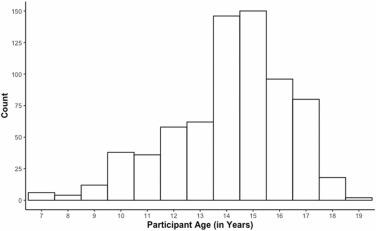The impact of neighborhood disadvantage on amygdala reactivity: Pathways through neighborhood social processes |
| |
| Affiliation: | 1. Department of Psychology, The University of Michigan, Ann Arbor, MI 48109, USA;2. Department of Psychology, Michigan State University, East Lansing, MI 48824, USA;3. Department of Psychology, Program in Neuroscience and Cognitive Neuroscience, The University of Maryland, College Park, MD 20742, USA;4. Survey Research Center at the Institute for Social Research, The University of Michigan, Ann Arbor, MI 48104, USA;5. Department of Psychiatry, The University of Michigan, Ann Arbor, MI 48104, USA |
| |
| Abstract: | 
Youth growing up in disadvantaged neighborhoods are more likely than their advantaged peers to face negative behavioral and mental health outcomes. Although studies have shown that adversity can undermine positive development via its impact on the developing brain, few studies have examined the association between neighborhood disadvantage and neural function, and no study has investigated potential social mechanisms within the neighborhood that might link neighborhood disadvantage to altered neural function. The current study evaluated the association between neighborhood disadvantage and amygdala reactivity during socioemotional face processing. We also assessed whether and which neighborhood-level social processes were related to amygdala reactivity, and whether these social processes mediated or moderated the association between neighborhood disadvantage and altered amygdala reactivity. We examined these aims in a registered report, using a sample of twins aged 7–19 years (N = 354 families, 708 twins) recruited from birth records with enrichment for neighborhood disadvantage. Twins completed a socioemotional face processing fMRI task and a sample of unrelated participants from the twins’ neighborhoods were also recruited to serve as informants on neighborhood social processes. We found that neighborhood disadvantage was associated with greater right amygdala reactivity to threat, but only when neighborhood informants perceived norms in the neighborhood to be more permissive regarding general safety and management. The findings from this research add to the growing literature highlighting the influence of neighborhood disadvantage on amygdala function and the ways that supportive social processes may buffer the impact of adversity on brain function. |
| |
| Keywords: | Neighborhood Amygdala Social cohesion Ecological neuroscience |
| 本文献已被 ScienceDirect 等数据库收录! |
|

